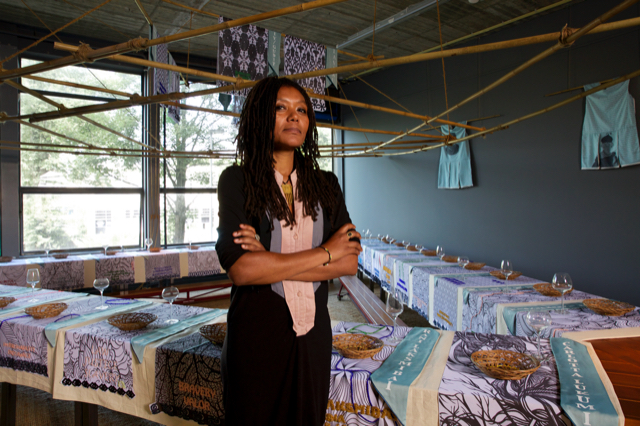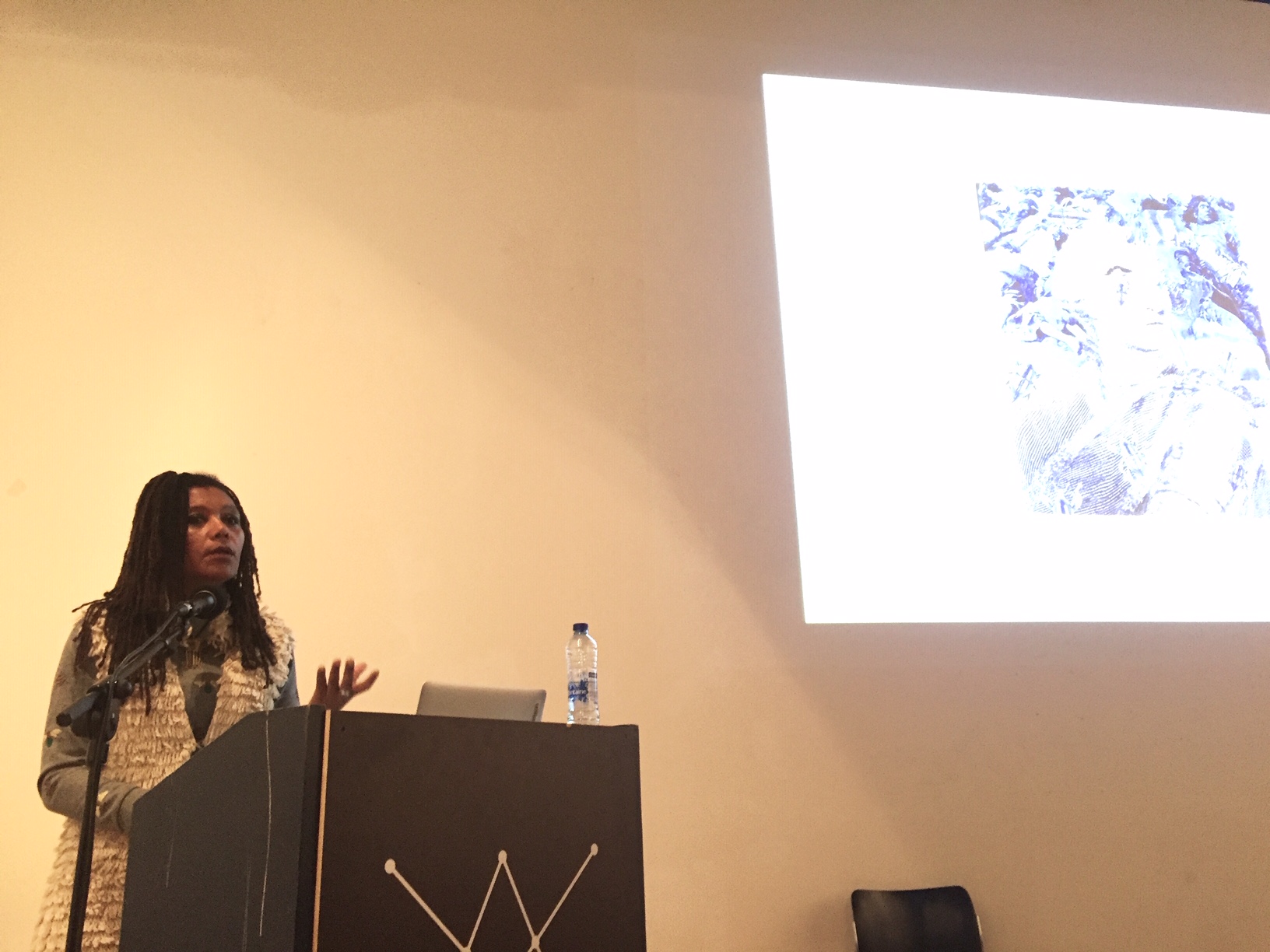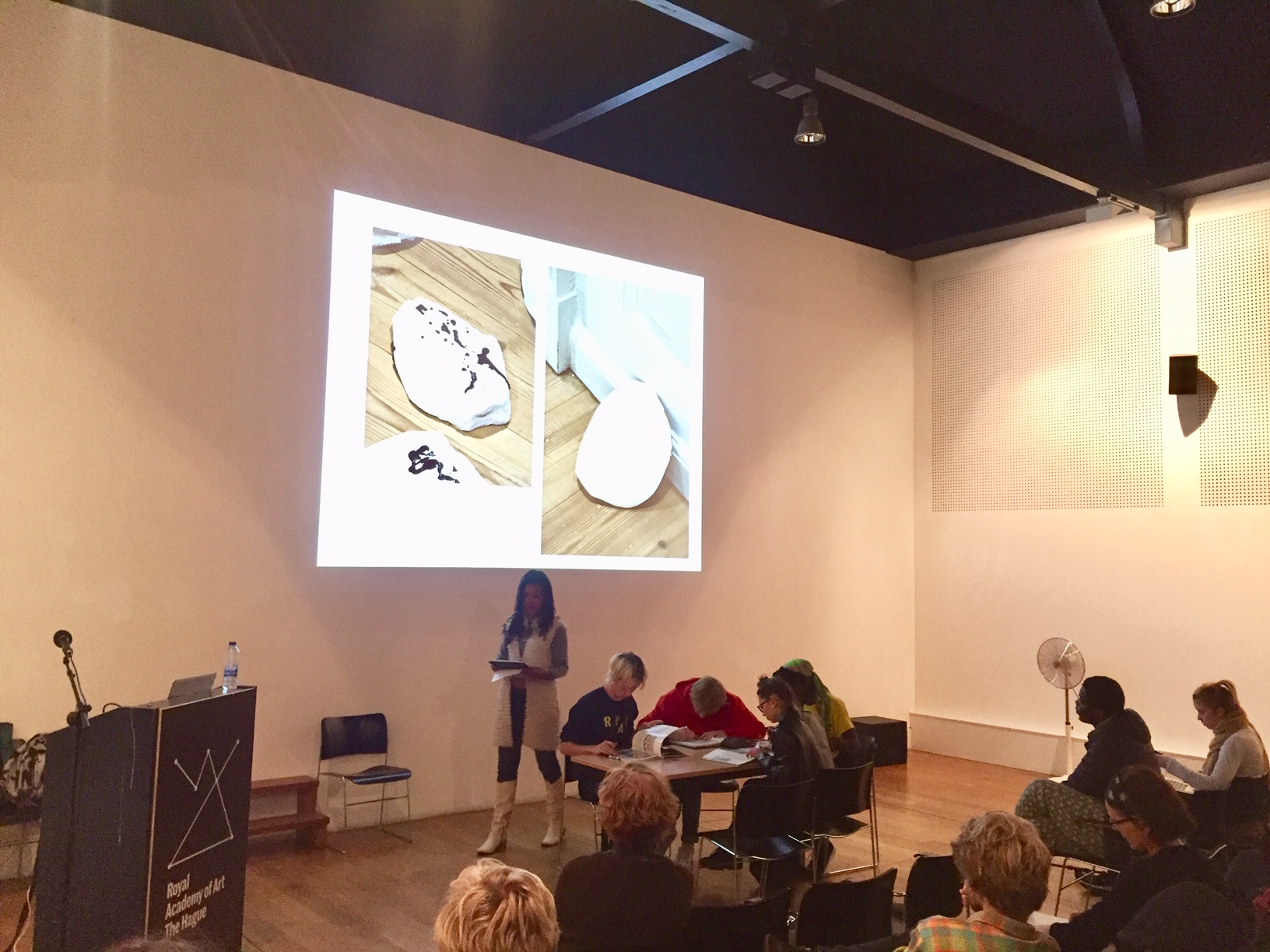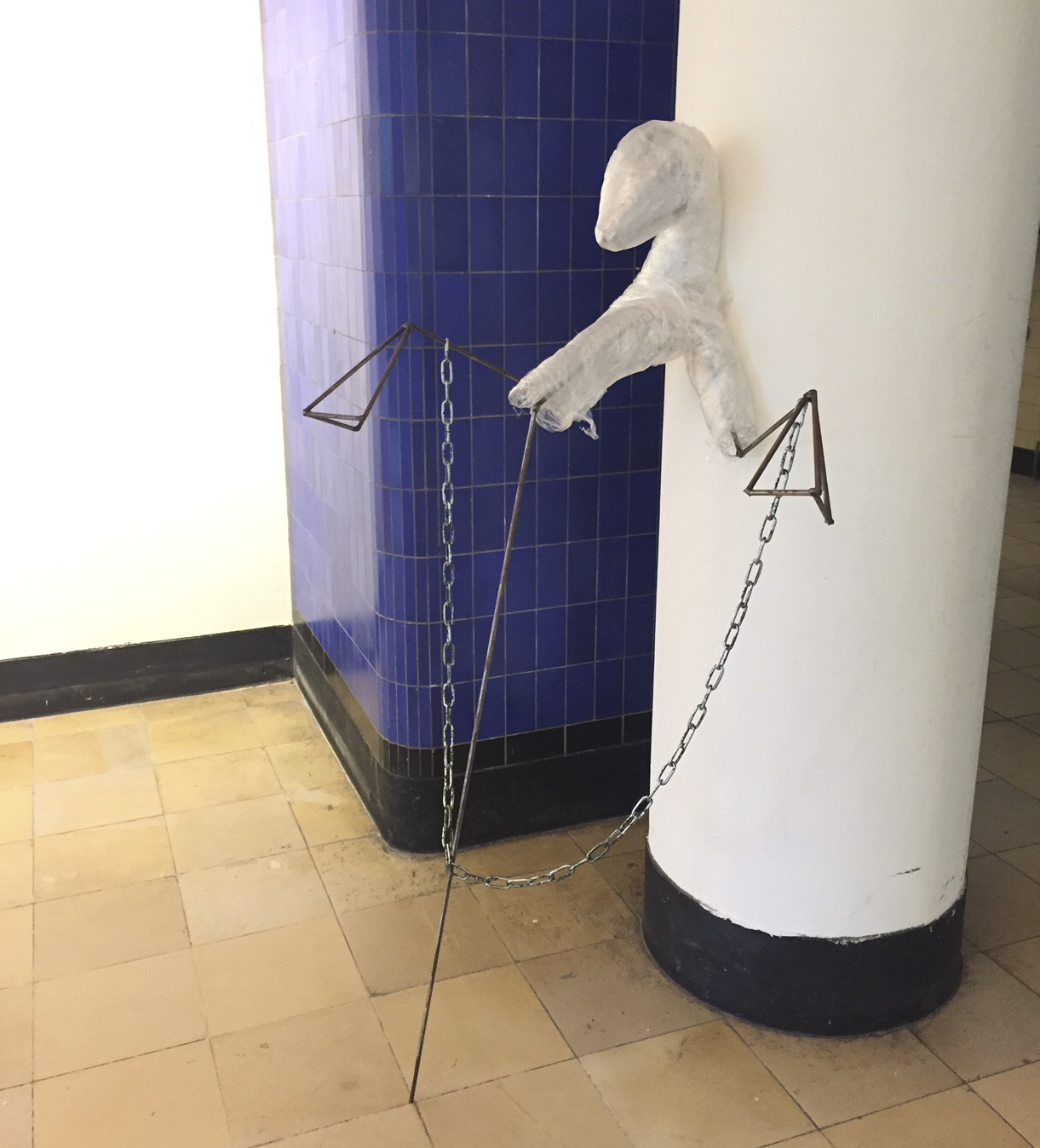
Lecture (3/9) – Patricia Kaersenhout is a Dutch visual artist and cultural activist. Born in the Netherlands but a descendant from Surinamese parents, Patricia Kaersenhout developed an artistic journey in which she investigates her Surinamese background in relation to her upbringing in a Western European culture. The political thread in her work raises questions about the African Diaspora’s movements and its relation to feminism, sexuality, racism and the history of slavery. She considers her art practice to be a social one. With her projects she empowers (young) men and women of color. In 2017 she realized the community art project Guess Who’s Coming to Dinner Too? in collaboration with AGA LAB, Het Gilde Lab and WOW Amsterdam. With this project, Kaersenhout provides a response to ‘The Dinner Party’ (1979), the most famous work of feminist artist Judy Chicago, and is an artistic-material criticism of the treatment of the Black woman in it. Inspired by the work of Chicago, Kaersenhout shows an installation consisting of a large, richly decorated dining table in triangular form, full of symbolism, in which 36 Black women, "heroines of resistance", are honored.
Patricia Kaersenhout (Den Helder, 1966) studied social sciences at Amstelhorn Amsterdam and visual art at the Gerrit Rietveld Academie. She exhibits regularly in the Netherlands and abroad. She was a lecturer in Global Art & Social Practice at the Willem de Kooning Academy in Rotterdam. Currently she is a coach at DAS graduate school in Amsterdam and at the Jan van Eyck Academy in Maastricht and a guest lecturer at the Decolonial Summerschool in Middelburg. She is part of an international network of artists and scientists engaged in decolonial aesthetics/aesthesis and has exhibitions in the Netherlands and abroad.

Poster design by Dayna Casey

Lecture by Patricia Kaersenhout

Performance by Patricia Kaersenhout


Installation by Alexandra Dalavagka and Mirka Kachrimanidou
“The World is Born by the Black Woman”
Patricia Kaersenhout
After reflecting on the text of this week’s lecture, we decided to break it down to isolated concepts, since, in our opinion, the artist’s work is very broad and rich conceptually. Many interesting and heavy, political and social themes are touched upon, that it seemed almost chaotic to create a work that would conclude them all.Both of us, being white women, we decided that it might even be out of our reach of experiences to speak about issues “of color”, so we focused on what we could relate: sexuality, feminism and slavery in a more personal context.
Each of us created separately and placed a work in the space that referred to the topics mentioned above (Mirka: metal sculpture, Alexandra: fabric sculpture)